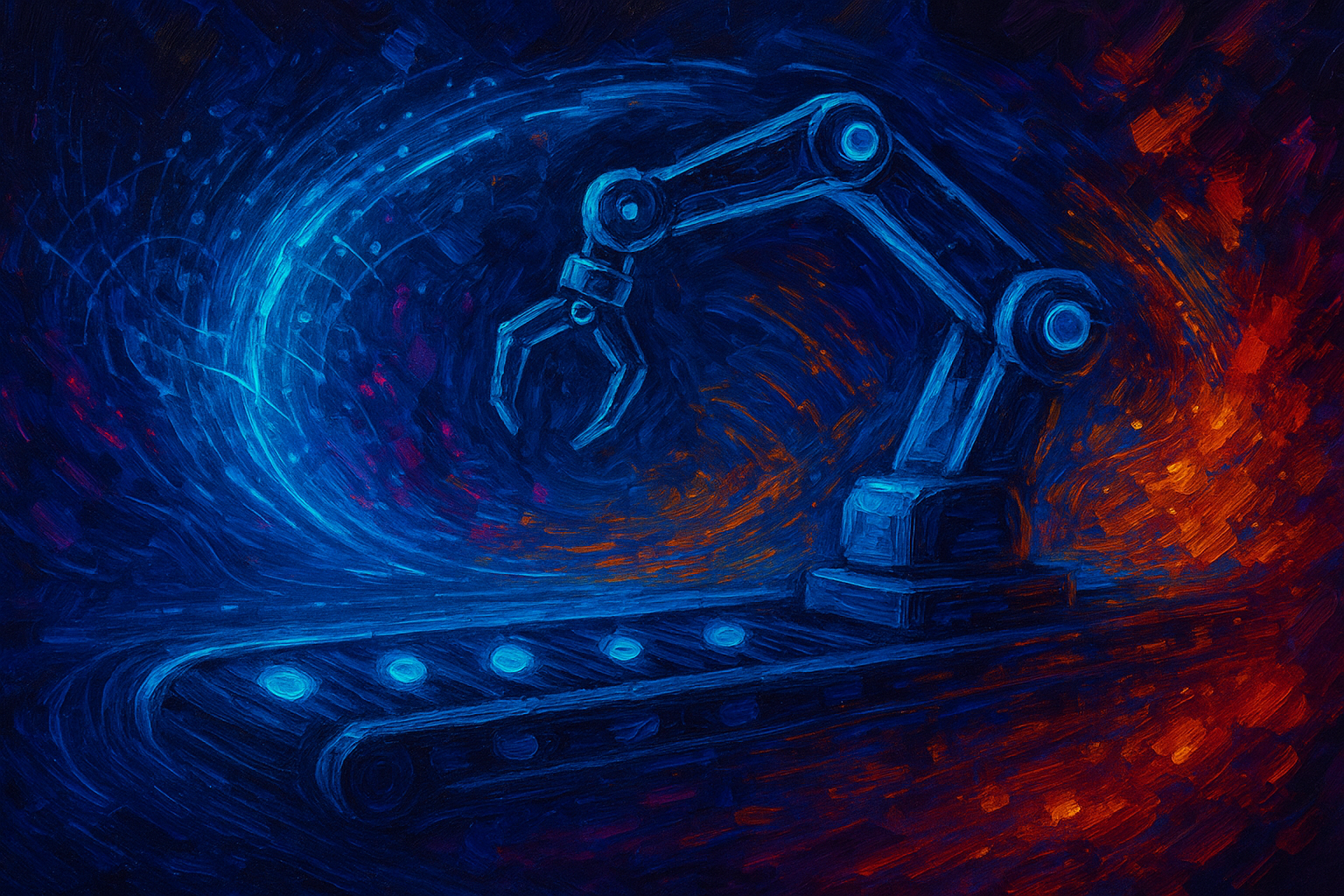AI Cloud Security in 2025: Cutting Through the Hype
The convergence of AI and cloud is creating dangerous security blind spots. Through forensic analysis of real implementations—from Maersk's Azure success to a $2M healthcare failure—we expose systemic gaps in AI-cloud security. Learn why 67% of organizations face critical supply chain risks, how CVE-2025-3317 enables model hijacking, and practical ways to implement NIST's AI RMF without drowning in false positives. Includes actionable frameworks for AI security posture management in multi-cloud environments.

The Broken Promise: When AI Security Theater Meets Reality
Walk any cybersecurity conference floor today, and you'll drown in vendors screaming about "AI-powered cloud security." The reality? We're bolting experimental tech onto complex systems without understanding the blast radius. Take Maersk's 92% breach reduction on Azure—a legitimate win—but one requiring 14 weeks to tune false positives. Meanwhile, a major healthcare provider lost $2M during an 18-hour outage because unsecured training data poisoned their diagnostic models. As MIT's Elena Korkes warns: "Adversarial AI attacks will compromise 30% of cloud-based models by 2025 without new hardening protocols."
Three Implementation Gaps You Can't Ignore
Gap 1: The Hijackable AI Pipeline
CVE-2025-3317 isn't some theoretical threat. This newly discovered attack vector targets CI/CD pipelines to inject malicious payloads into AI training cycles. Unlike traditional malware, it doesn't trigger signature-based alerts because it manipulates weights, not code. The result? Models that appear functional while systematically leaking data or making compromised decisions.
Gap 2: The Fragile AI Supply Chain
67% of organizations struggle with AI supply chain risks according to Palo Alto's latest research. When you're pulling pre-trained models from Hugging Face, container images from Docker Hub, and deployment scripts from GitHub, you've created a dependency tree with zero visibility. One poisoned dependency = systemic compromise.
Gap 3: The Accountability Black Hole
How do you audit an AI decision chain spanning AWS SageMaker, Google BigQuery, and Azure ML? As an IEEE paper recently exposed, we lack forensic trails for cross-cloud AI transactions. When a loan application gets rejected by an AI system using data from three clouds and two SaaS platforms, nobody owns explainability.
NIST AI RMF: Cutting Through the Framework Fog
The new NIST AI Risk Management Framework (SP 800-218A) finally gives us actionable guardrails—if you ignore the compliance-speak and focus on two sections:
- Drift Detection > Threat Detection: Stop chasing hypothetical attacks. Monitor model/data drift as your primary KPI using NIST's TAXII-based standards.
- Responsibility Matrices Decoded: AWS, Google, and Microsoft now publish shared responsibility matrices for AI workloads. Map every component—data ingestion, training, inference—against NIST's "trust zones."
"80% of AI security frameworks fail because they treat models like static applications. AI is a living system—secure its lifecycle, not its container."
Building Truly Secure AI Clouds: Beyond Vendor Hype
Solution 1: Security Posture > Point Tools
Forget buying another "AI-secure" widget. Implement AI Security Posture Management (ASPM)—a concept seeing 320% YoY growth. This isn't about tools; it's about continuous verification of:
- Training data lineage and integrity
- Model behavior baselines across environments
- Third-party dependency risks
Solution 2: The Auditable Decision Chain
To solve the black box problem, implement:
- Cryptographic hashing of all training data inputs
- Immutable logs of model version deployments
- Cross-cloud transaction tracing using OpenTelemetry
Solution 3: Taming the False Positive Beast
Maersk's initial 41% false positive rate wasn't unique. Fix it by:
- Applying context-aware filtering (per IEEE recommendations)
- Implementing tiered alerting based on business criticality
- Running adversarial simulations weekly
2025 Realities: What Comes Next
The Regulatory Tsunami
Expect EU AI Act fines to hit cloud-first companies by Q3 2025. Compliance requires:
- Documented model provenance trails
- Real-time bias detection
- Human override capabilities
The Skills Shortage Workaround
Stop hunting unicorns who understand PyTorch and cloud IAM. Build cross-functional "AI security cells" combining:
- Cloud architects
- Data scientists
- GRC specialists
Monday Morning Checklist
- Map all AI workloads against ISO 27001's new AI annex
- Isolate training environments from production VPCs
- Implement CVE-2025-3317 mitigations: Signed pipeline artifacts + model checksums
The future isn't about preventing every attack—it's about building systems resilient enough to fail safely. Because in the AI-cloud era, breaches aren't possibilities; they're inevitabilities.
Latest Insights and Trends
Stay Updated with Our Insights
Subscribe to receive the latest blog updates and cybersecurity tips directly to your inbox.
































































.png)



